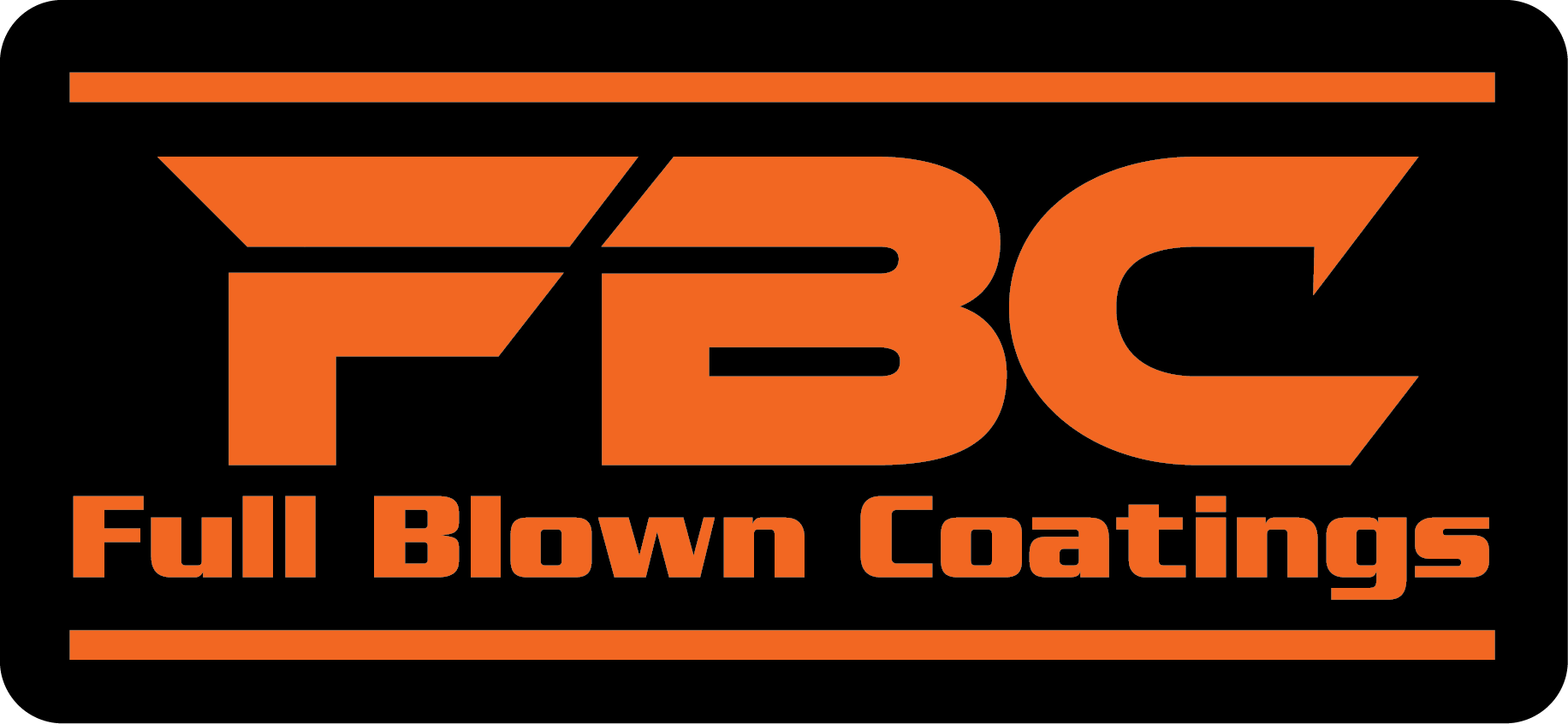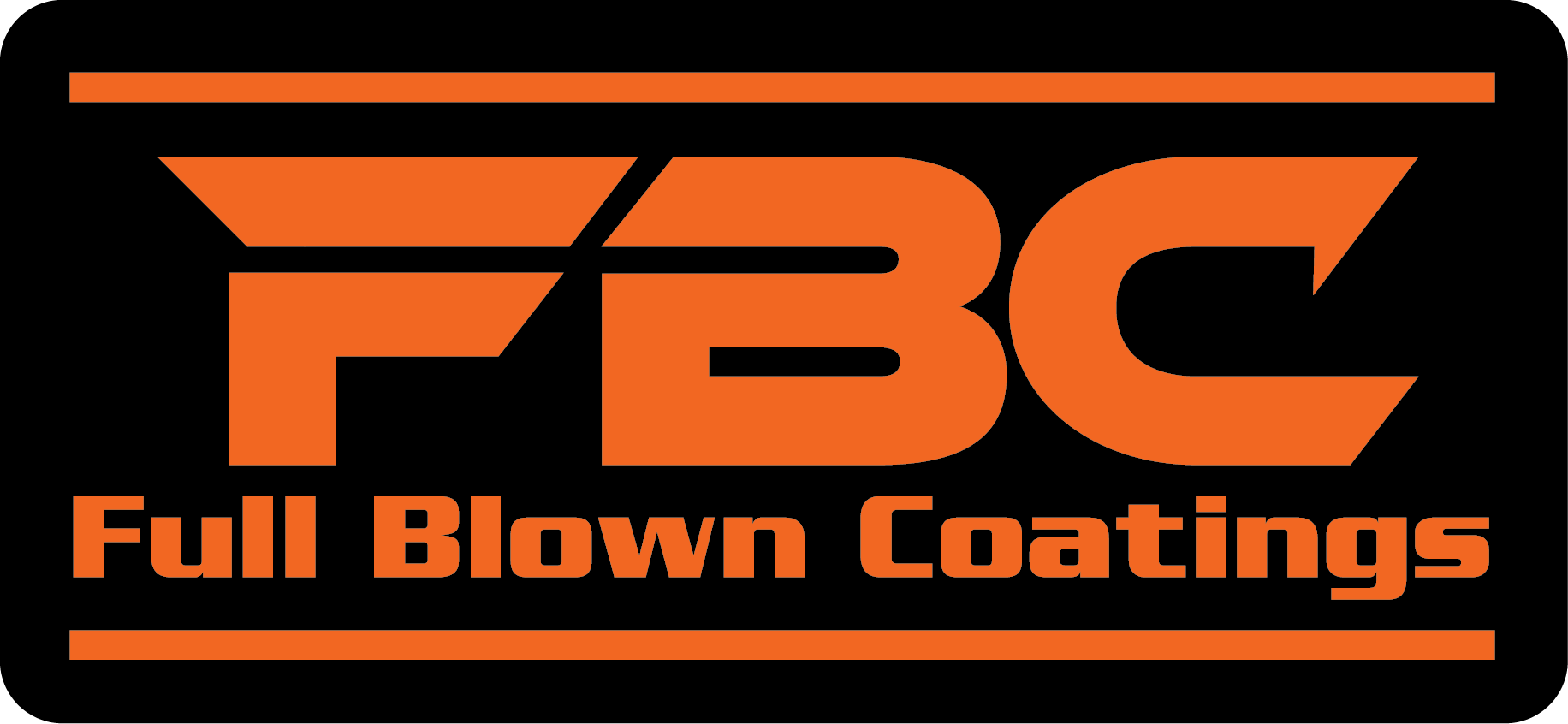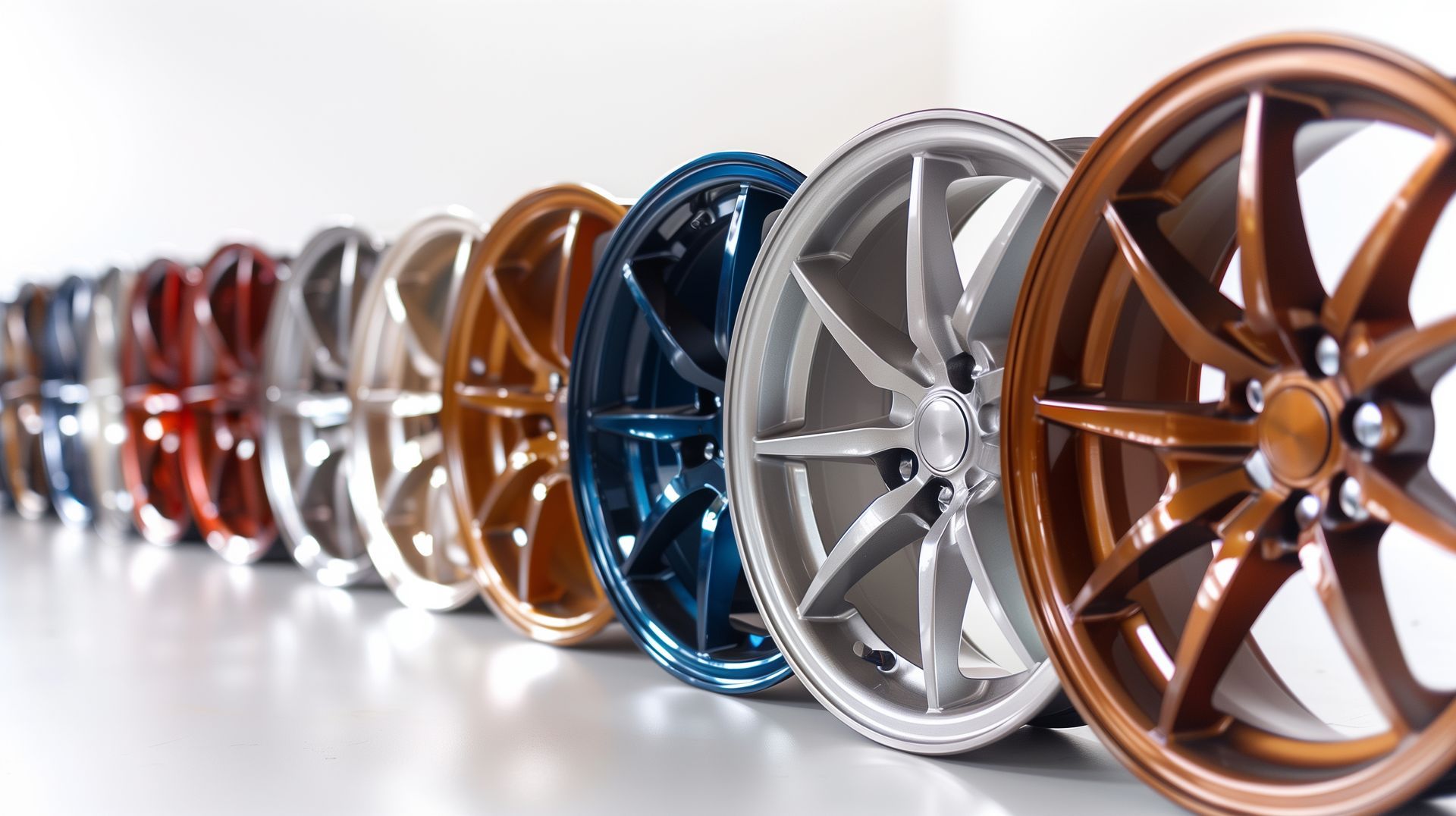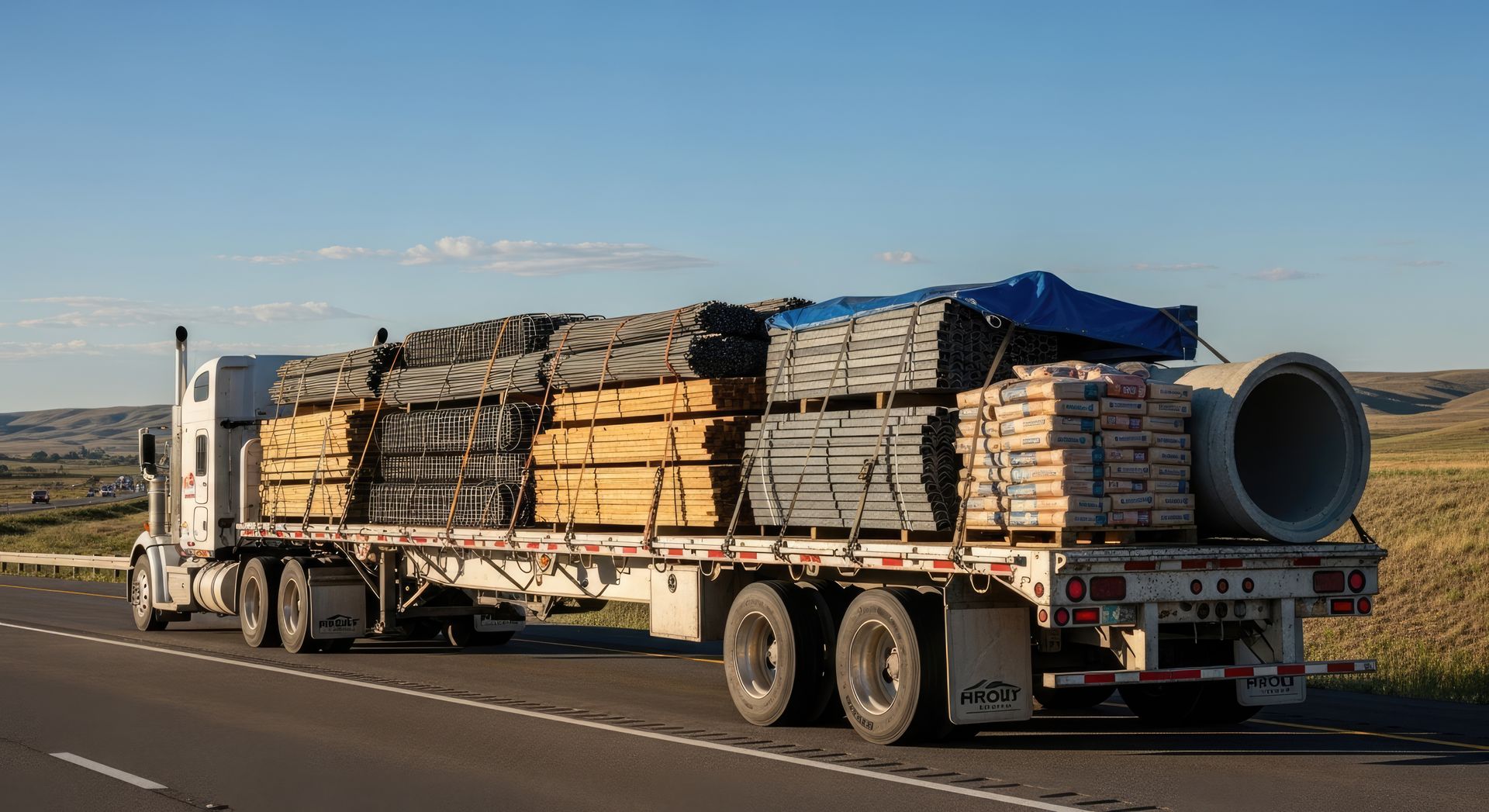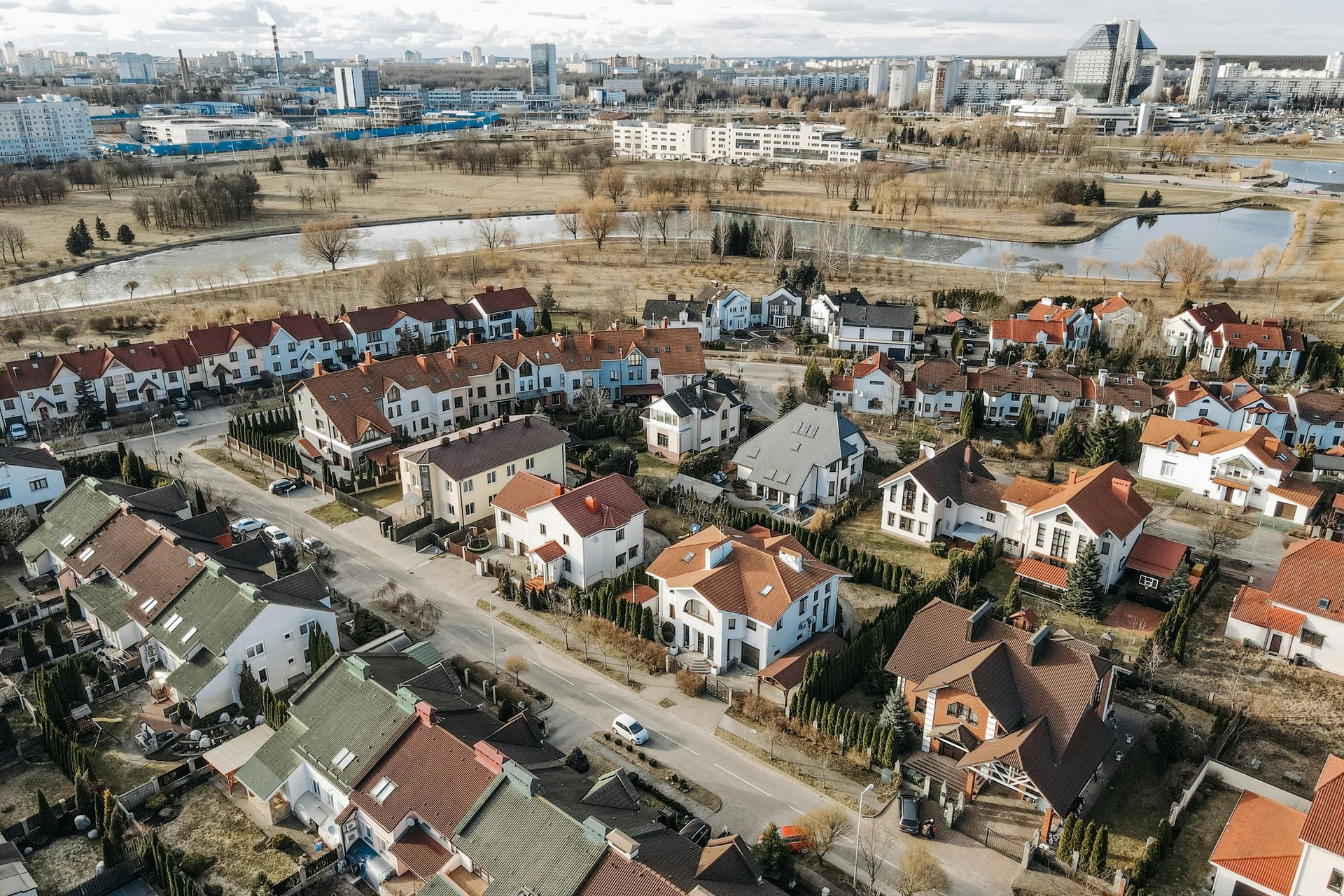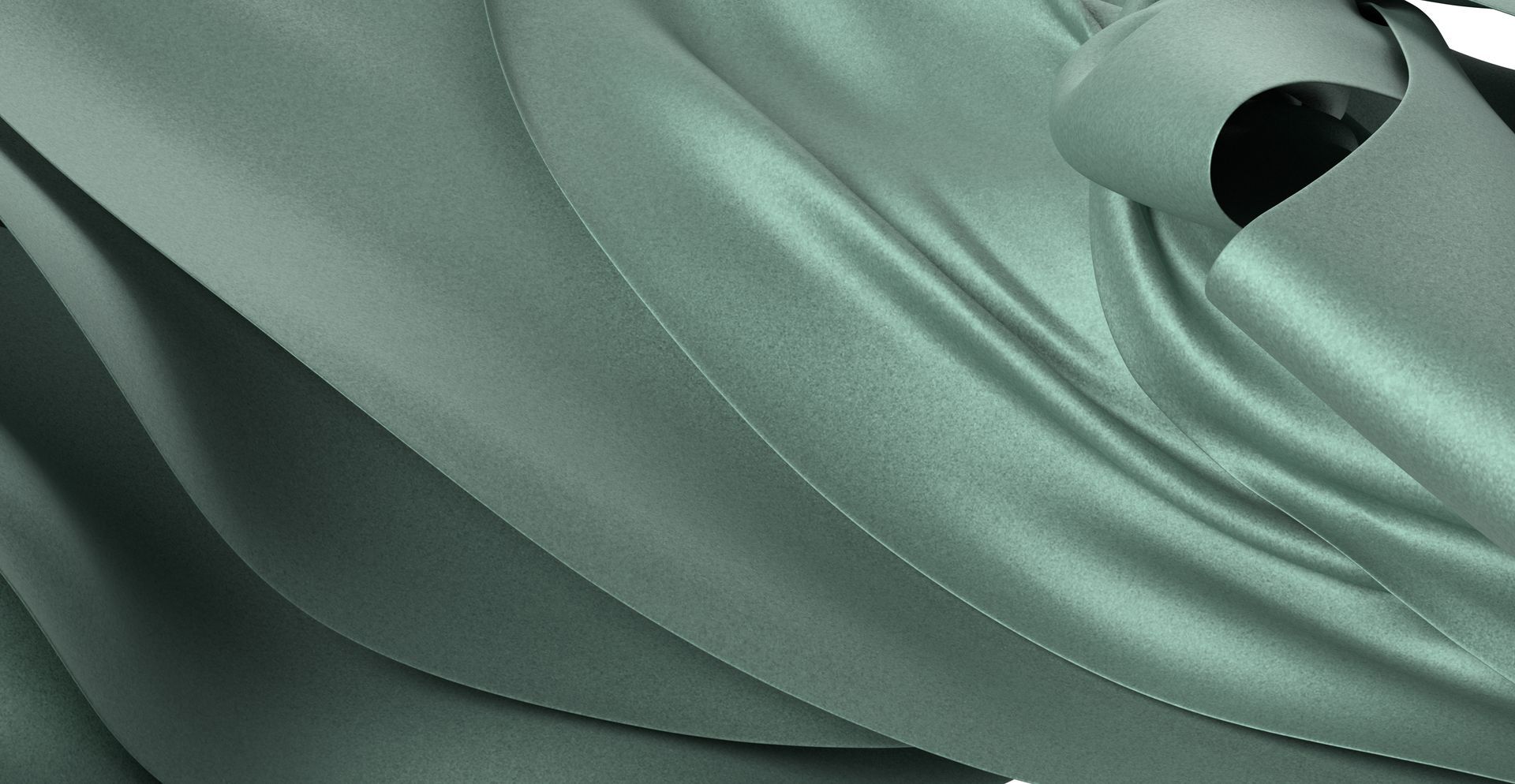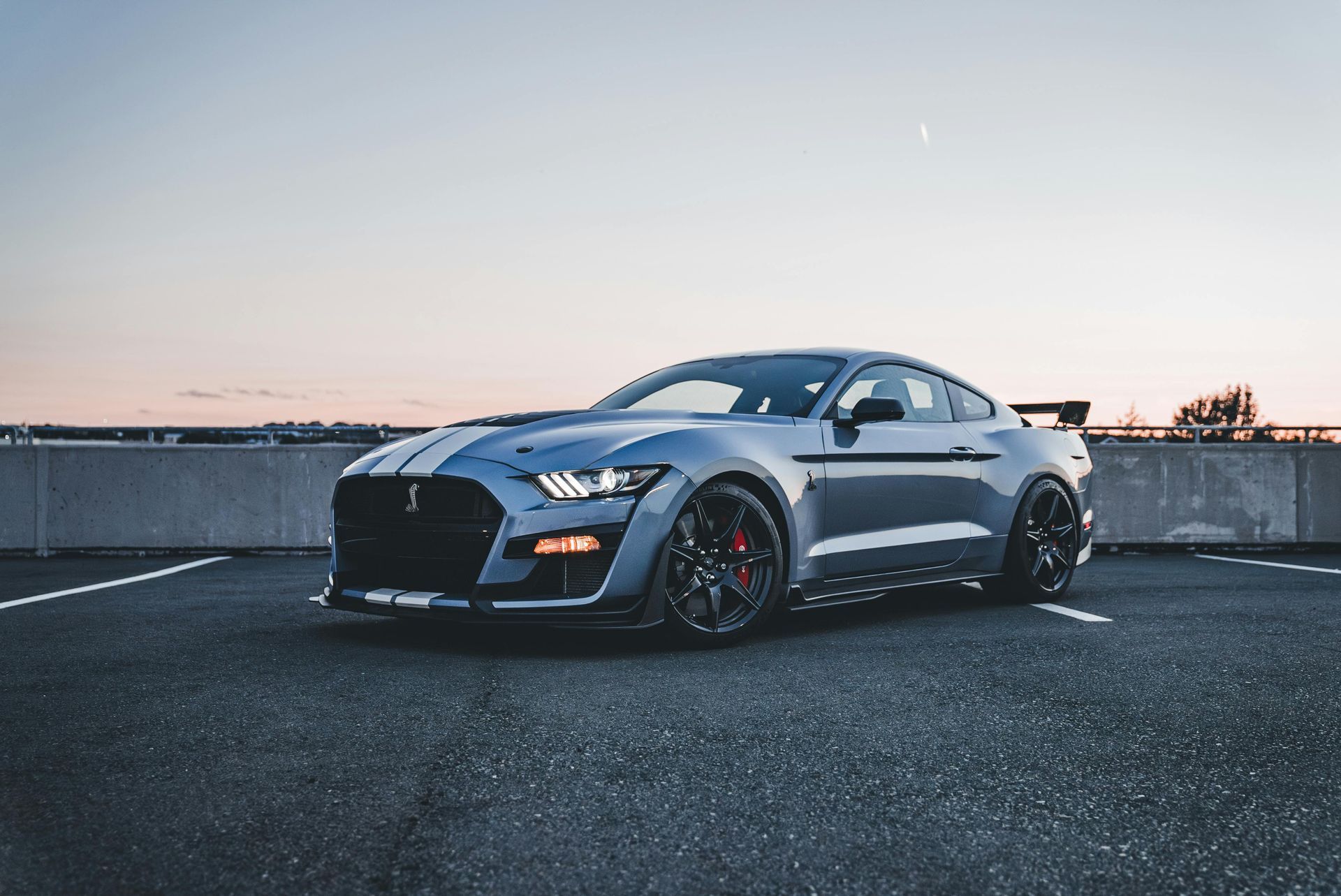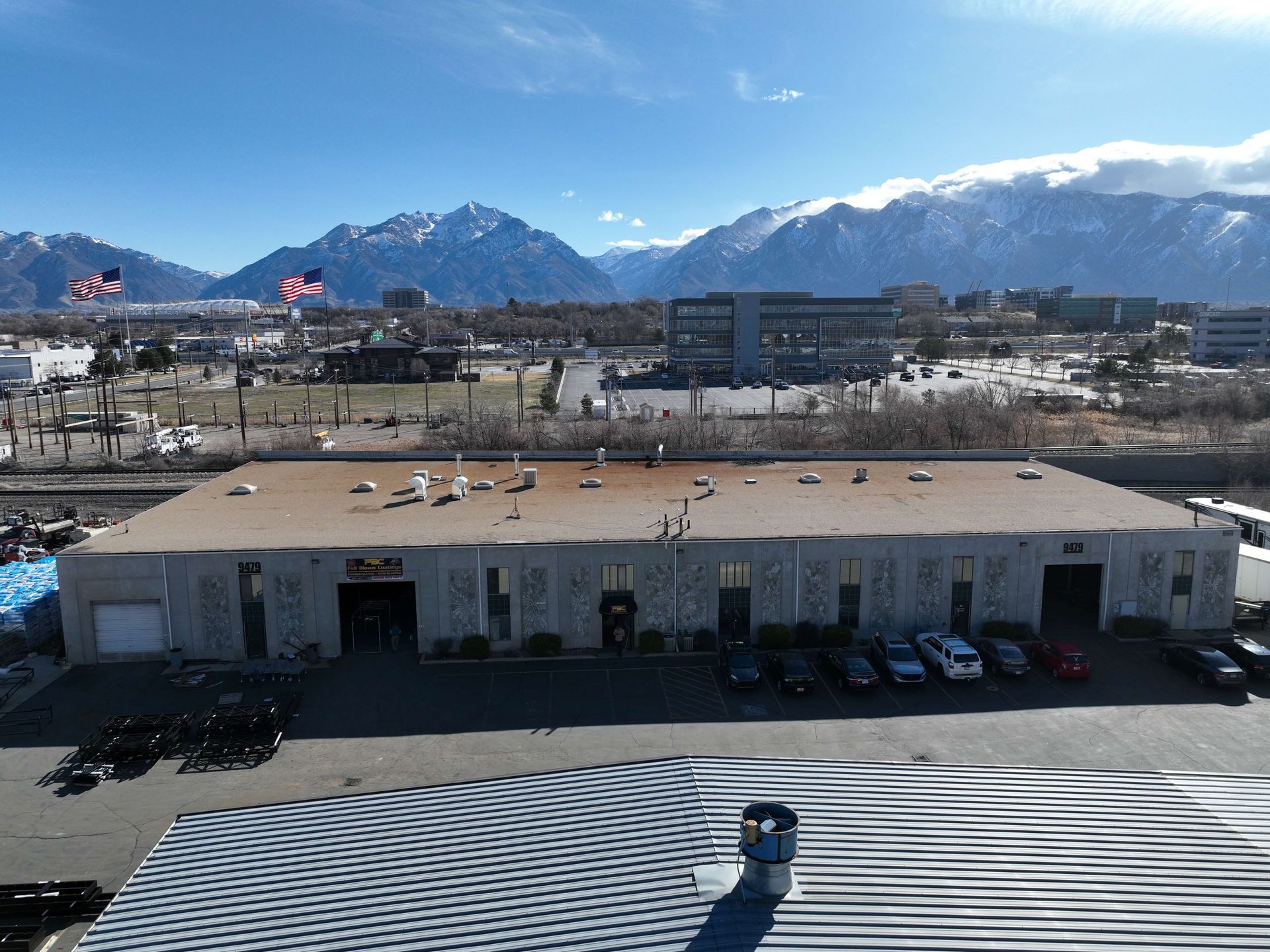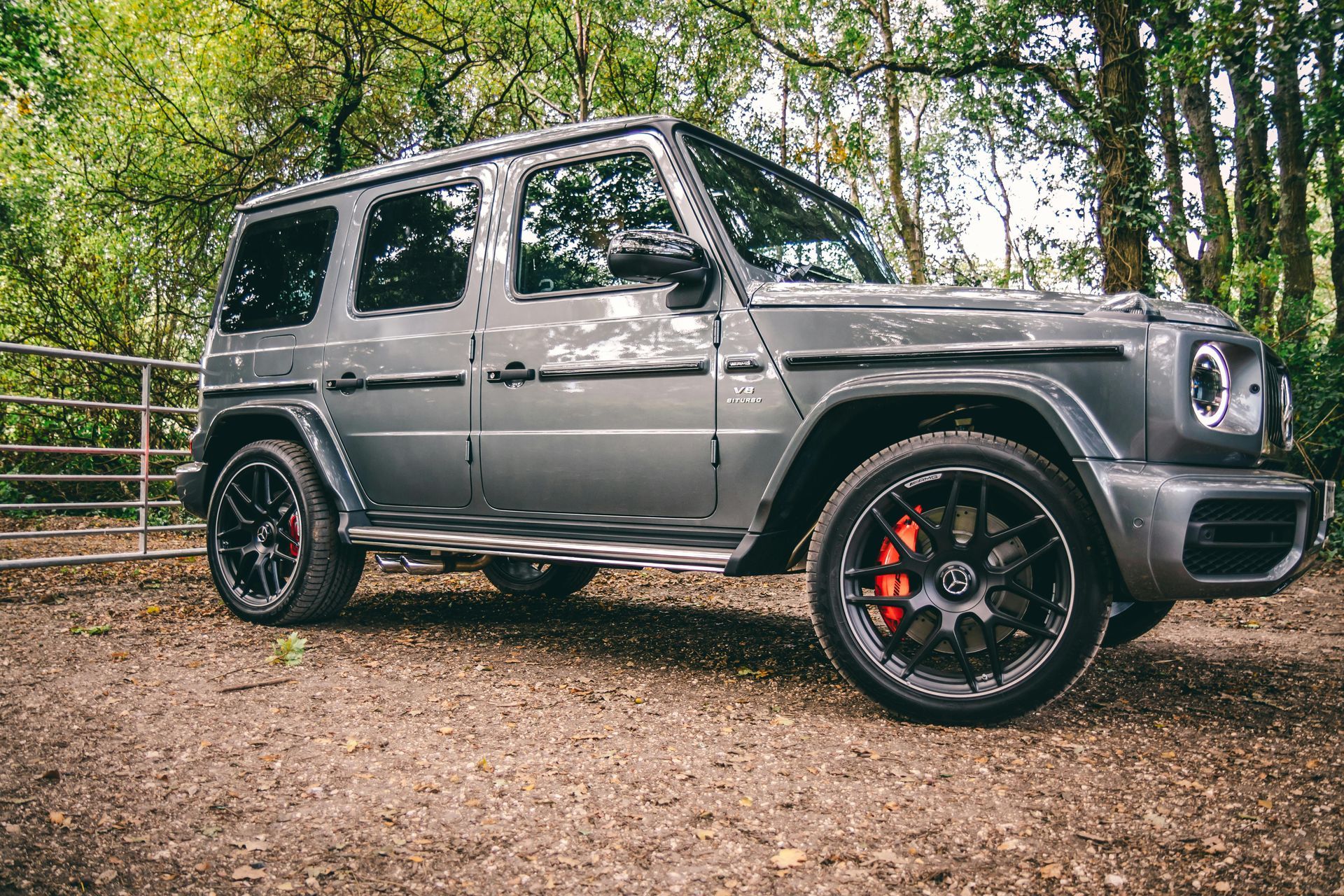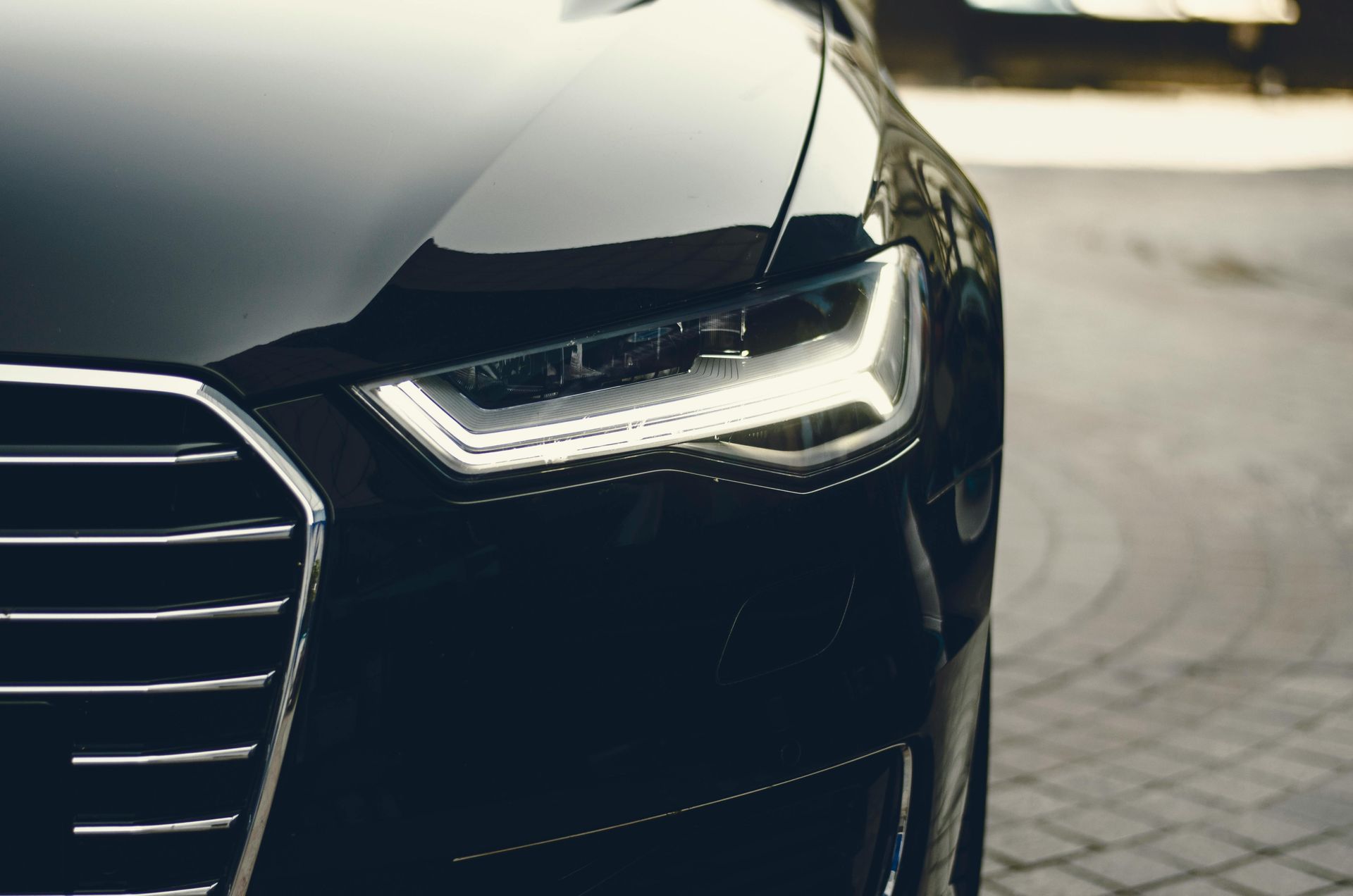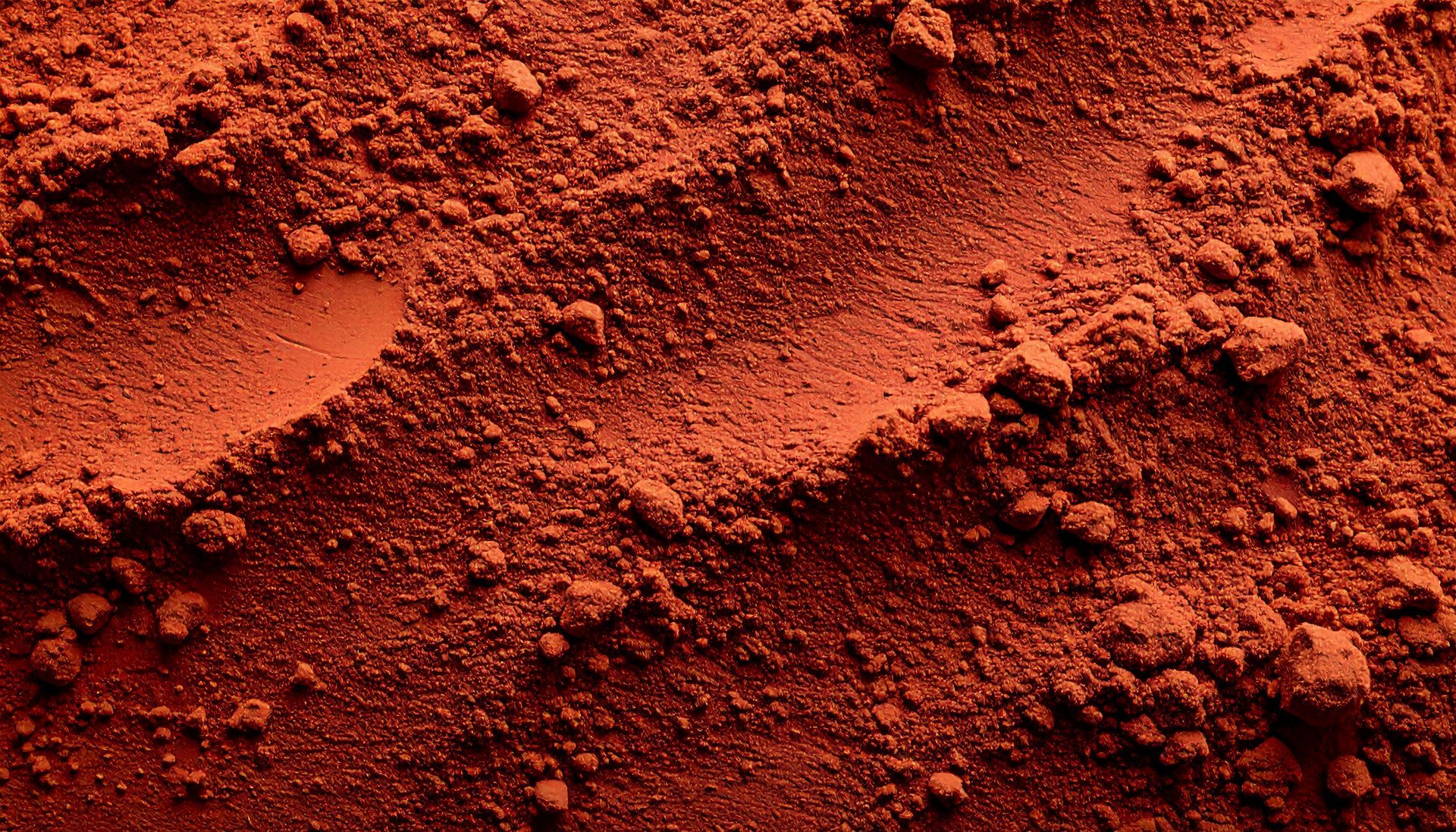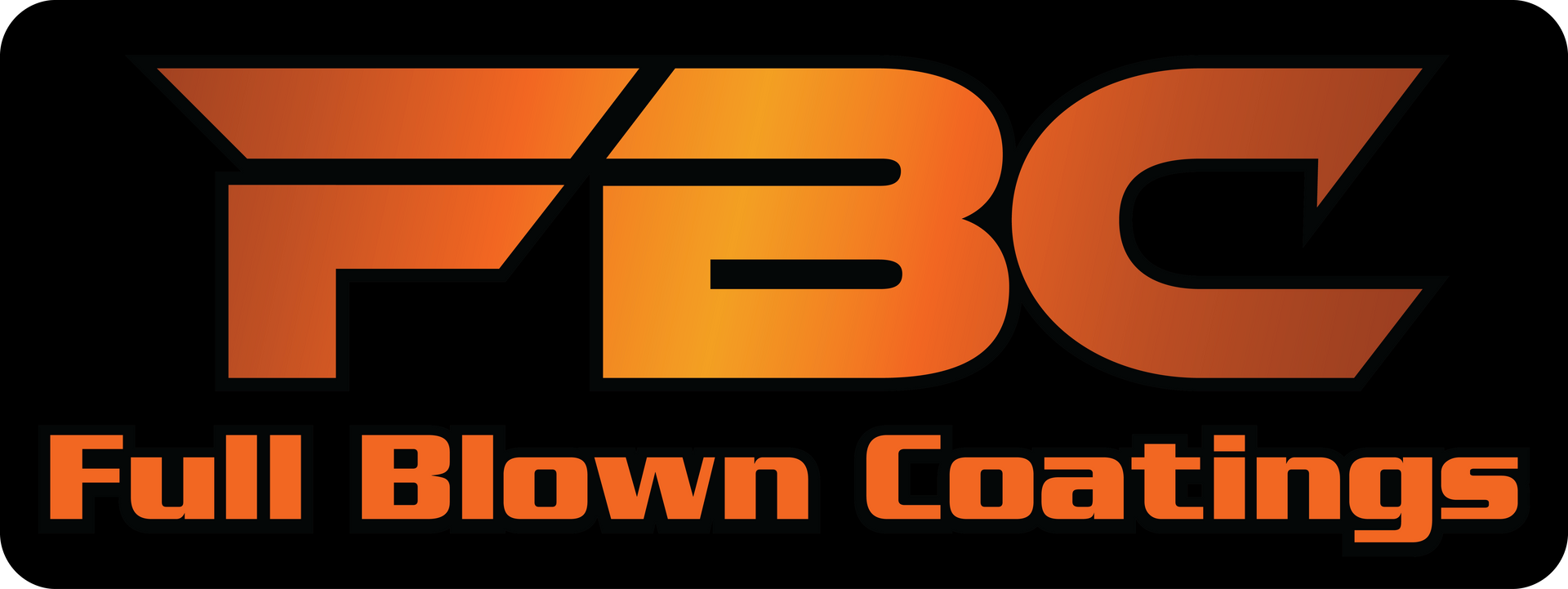Powder coating colors, how they are made and what they are made of
Powder coating colors
If you are comparing Powder coating colors for a project in Salt Lake County, Utah County, Davis County, Weber County, or Cache County, it helps to understand both the recipe inside the powder and the process that turns a color chip into a durable finish on your part. This guide explains the ingredients that create color, how manufacturers produce consistent batches, why surface prep and cure control the final look, and how to choose finishes that perform in Utah weather. Real examples from Full Blown Coatings bring the details to life.
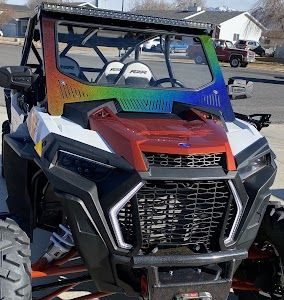
What makes up powder coating colors
At the simplest level, every powder is a balanced blend of resin, pigment, and additives. The performance you see on the vehicle, railing, or machine comes from how those elements are selected and processed.
Resin systems
- Exterior polyester is the workhorse for Utah projects exposed to sun, snow, and road salt. Polyester networks crosslink during cure, delivering strong UV stability and color retention.
- Epoxy excels at chemical resistance and adhesion but can chalk outdoors, so it is common as an indoor topcoat or as a primer under an exterior polyester topcoat.
- Hybrids and polyurethanes serve niche roles when specific flexibility, chemical resistance, or appearance is required.
Pigments and colorants
- Inorganic pigments such as iron oxides and titanium dioxide bring excellent lightfastness and heat stability, which is why bright whites and earth tones hold up so well.
- Organic pigments create high-chroma reds, blues, and greens. These can be more sensitive to UV without a proper clear or the right chemistry, so finish design matters.
- Special effect packages add visual pop. Aluminum flake, mica, and interference pearls produce metallics, sparkles, and depth.
Functional additives
- Flow/leveling agents reduce orange peel and help particles melt together into a smooth film.
- Texture agents purposely change flow to form wrinkle, river, or fine texture finishes that hide wear on high-touch parts.
- Degassing aids help gases escape from porous castings during cure, reducing pinholes and craters that catch the eye.
How powder coating colors are manufactured
Color performance starts long before a gun sprays powder.
From formula to powder
- Formulation: Chemists choose the resin grade, pigment types, and additive package to meet UV, gloss, hardness, flexibility, and chemical resistance goals.
- Premix: Dry ingredients are weighed and blended.
- Extrusion: The premix passes through a heated extruder. This melt-mix step disperses pigments uniformly in the resin so color stays consistent rack to rack.
- Cooling and flaking: The thin melt is cooled on a belt and broken into chips.
- Grinding and classification: Chips are milled to a target particle size, then sieved so the powder sprays, charges, and covers uniformly.
Quality checks that protect appearance
- Particle size distribution affects coverage, edge build, and wrap on complex shapes.
- Color and gloss: Samples are measured against standards using spectrophotometers under D65 lighting. Tight ΔE tolerances help batches match from order to order.
- Cure response: Gel time and differential scanning checks ensure the powder crosslinks at the temperatures shops actually run, so gloss, hardness, and color lock in.
Why surface prep changes color in the real world
Even a perfect powder cannot hide poor preparation. Color and gloss read differently depending on surface texture and cleanliness.
Media choice for profile and cleanliness
- Aluminum oxide or crushed glass on steel creates a sharp anchor profile that improves adhesion and levels color uniformly.
- Glass bead on aluminum and stainless yields a cosmetic satin that lays metallics smoothly without etching too deeply.
- Chemical pretreatments such as phosphates or zirconium conversions add corrosion resistance and create a chemically active surface for the powder to bond to.
"A customer from Ogden wanted a deep metallic charcoal on sliders and a bumper. After a controlled crush-glass blast and zirconium pretreat, the metallic flake aligned evenly and the color read the same in sun and shade—something the client could not achieve with a quick hand-prep."
Outgassing control on cast parts
Porous cast aluminum can trap oils and air. A short pre-bake drives those out before color, preventing tiny craters that dull gloss or make candies look cloudy. Full Blown Coatings routinely heat-soaks cast wheels prior to coating; customers notice fewer surface defects and richer color.
Application details that affect the final color you see
Two panels with the same powder can look different if film build, grounding, and cure are off.
Electrostatic spray and part grounding
Good grounding lets the charged powder wrap into recesses and around spokes, reducing light and dark areas. Poor ground gives patchy coverage that no amount of extra powder will fix.
Film build and edge coverage
- Too thin: Metallics look grainy, and coverage can appear uneven.
- Too thick: Detail softens, edges can round, and some textures flatten. Targeting the manufacturer’s recommended mil thickness keeps color uniform.
Cure profile in the oven
Under-cure can leave a soft film that scuffs easily and can fade early. Over-cure may shift color or gloss. Full Blown Coatings logs part temperature with probes on complex jobs so each rack reaches full cure without overshooting. That is why their satin black wheels look the same from January to July across repeat orders.
Reading and using a powder coating color chart
RAL vs manufacturer charts
- RAL Classic standards are widely stocked and ideal when timelines are tight in Salt Lake City, Provo, and Layton. RAL 9005 Jet Black, RAL 7016 Anthracite, and RAL 8019 Bronze Brown are popular architectural choices.
- Manufacturer collections from major suppliers add candies, translucents, pearls, and textures beyond the RAL library. If you want a fine texture black that hides fingerprints or a bold candy red for calipers, these catalogs are essential.
Gloss and sheen selection
- Flat and matte can hide waviness but may show hand oils on dark colors.
- Satin is the sweet spot for wheels and railings along the Wasatch Front because it hides dust and micro-marring while staying crisp.
- High gloss maximizes depth on candies and metallics but reveals wash marks sooner.
"A driver from Sandy arrived set on high-gloss black for daily-driver wheels. Side-by-side in daylight, the Full Blown Coatings team showed satin black chips. The customer switched to satin and later reported faster washes and far fewer visible swirls after a winter of road treatments."
Effects and textures that perform in Utah
Single-coat solids for durability and value
Satin black, bronze, and metallic gray remain the top picks for architectural metal and utility parts. They deliver strong coverage in one pass and are easy to maintain.
Two-coat systems for depth and UV holdout
A base color under a clear or tinted clear creates depth, stabilizes bright organics, and simplifies cleaning. Candy reds over a reflective base with a UV-stable clear are favorites for show wheels and calipers.
Texture families that hide wear
Wrinkle, hammertone, and fine texture diffuse light and disguise trail rash or handprints—ideal for off-road bumpers, sliders, handrails, and patio sets.
"A Logan homeowner brought a weathered patio set. Full Blown Coatings recommended bronze fine texture. One year later, after snow and spring dust, the set still looked new with only soap-and-water care."
Choosing colors by use case
Wheels and brake calipers
- Wheels: Satin blacks and metallic charcoals balance style and easy cleaning. For daily drivers, texture on beadlock rings or hub covers hides chips.
- Calipers: Bright solids and candies stand out behind darker wheels. A clear topcoat improves stain resistance from brake dust and chemicals.
Railings, gates, and architectural metal
Neutral RALs in exterior polyester hold color against UV and temperature swings. A satin or low-gloss finish blends with stone, stucco, and metal siding across Davis and Weber counties. Consider a clear on pool or coastal-exposed metal for chemical resistance.
Off-road and utility parts
Choose textures and darker metallics that mask gravel strikes. Where serviceability matters, pick in-stock colors that are easy to touch up or recoat between seasons.
Cost and lead-time considerations
- Stock vs special order: In-stock blacks, grays, and bronzes are fastest and most economical. Special-effect powders may have minimum order quantities and lead times.
- Single-coat vs two-coat: Base-and-clear systems add material and oven time but pay off in depth and UV durability.
- Masking complexity: Wheels with many spokes, intricate railings, and parts with tight tolerances require careful masking that affects schedule and price.
- Batch strategy: Group similar parts and colors to maximize rack density and reduce per-part costs.
Maintenance for color that lasts
- Wash with pH-neutral soap and soft brushes.
- Avoid harsh acid wheel cleaners that etch clears and dull metallics.
- Rinse after winter salt exposure in the Wasatch Front.
- Inspect chip-prone edges annually and schedule touch-ups before corrosion takes hold.
Real-world consistency: how Full Blown Coatings keeps colors true
Color programs live and die on repeatability. Full Blown Coatings:
- Confirms incoming lots against a control chip under standardized light.
- Tracks film thickness with gauges so metallics and textures present as intended.
- Uses part-temperature probes on complex geometry to verify cure.
- Keeps detailed job notes so your second set of wheels or replacement railing panels match the first set installed months earlier.
"A Park City builder needed the same satin black railing color across phases installed six months apart. The shop pulled the original lot data, verified the new powder lot within ΔE tolerance, matched film build, and delivered panels that blended seamlessly with the earlier work."
Putting it all together
Great outcomes with Powder coating colors come from three decisions made in the right order: choose a chemistry suited to Utah’s sun and seasons, match a color and sheen to the use case, and insist on proper prep and cure. Make selections with physical chips in daylight, request a small test panel on your actual substrate when appearance is critical, and work with a finisher who measures what matters.
If you want help turning a color idea into a durable finish—whether satin black wheels in Weber County, bronze texture railings in Utah County, or a candy red caliper set for the Salt Lake City commute—the team at Full Blown Coatings can guide you from chip selection to final cure with samples, clear timelines, and consistent results.
